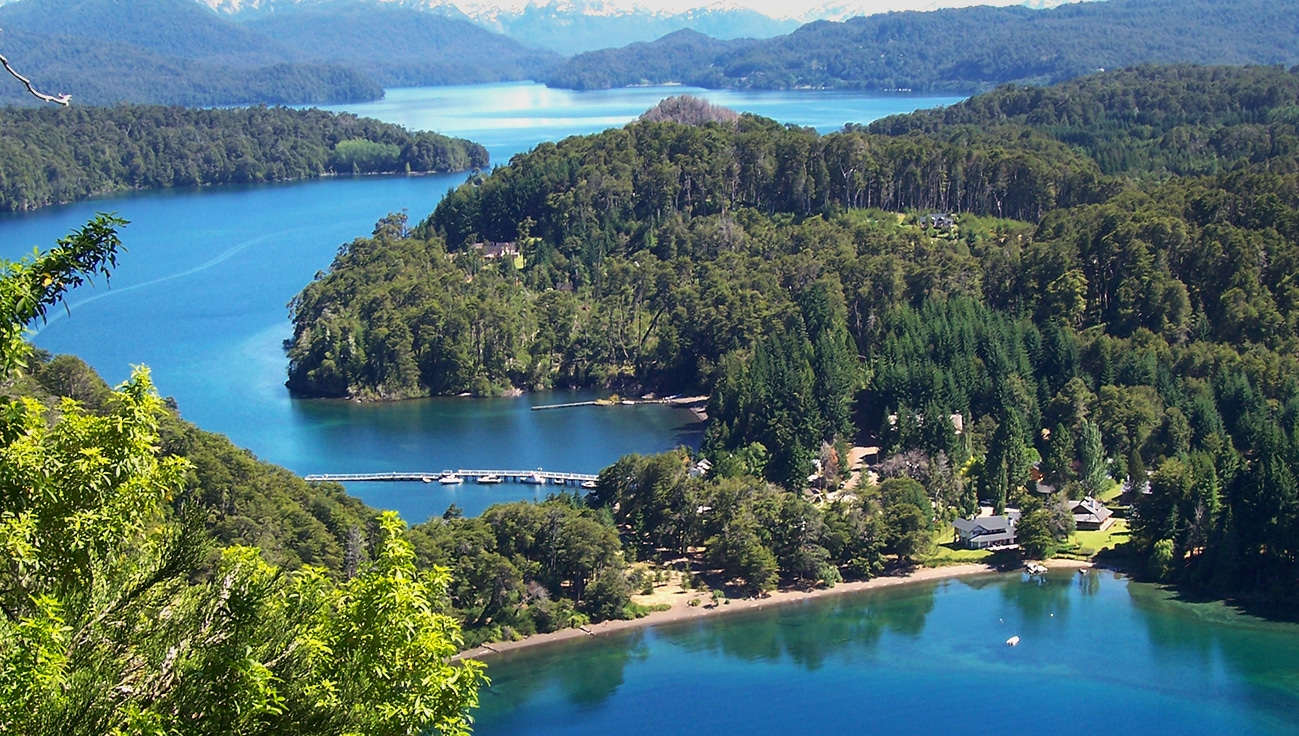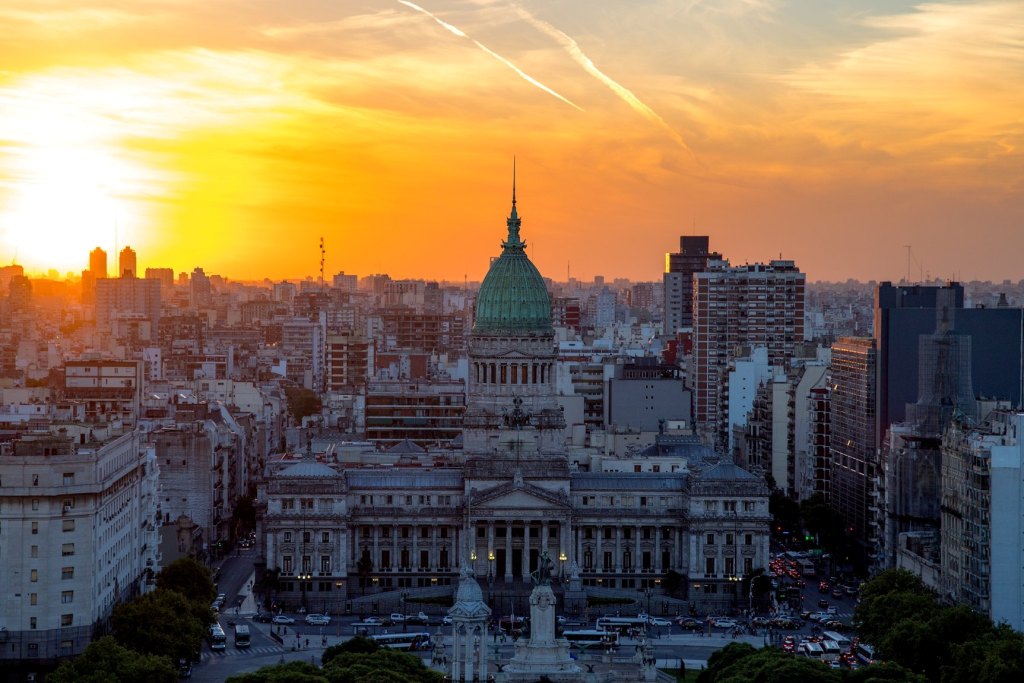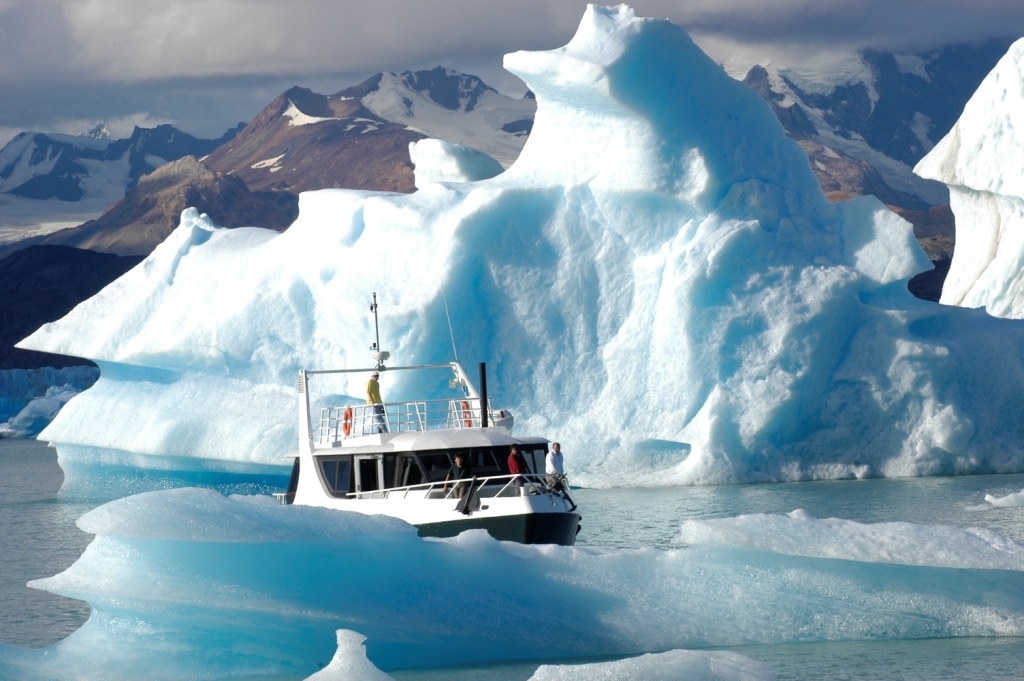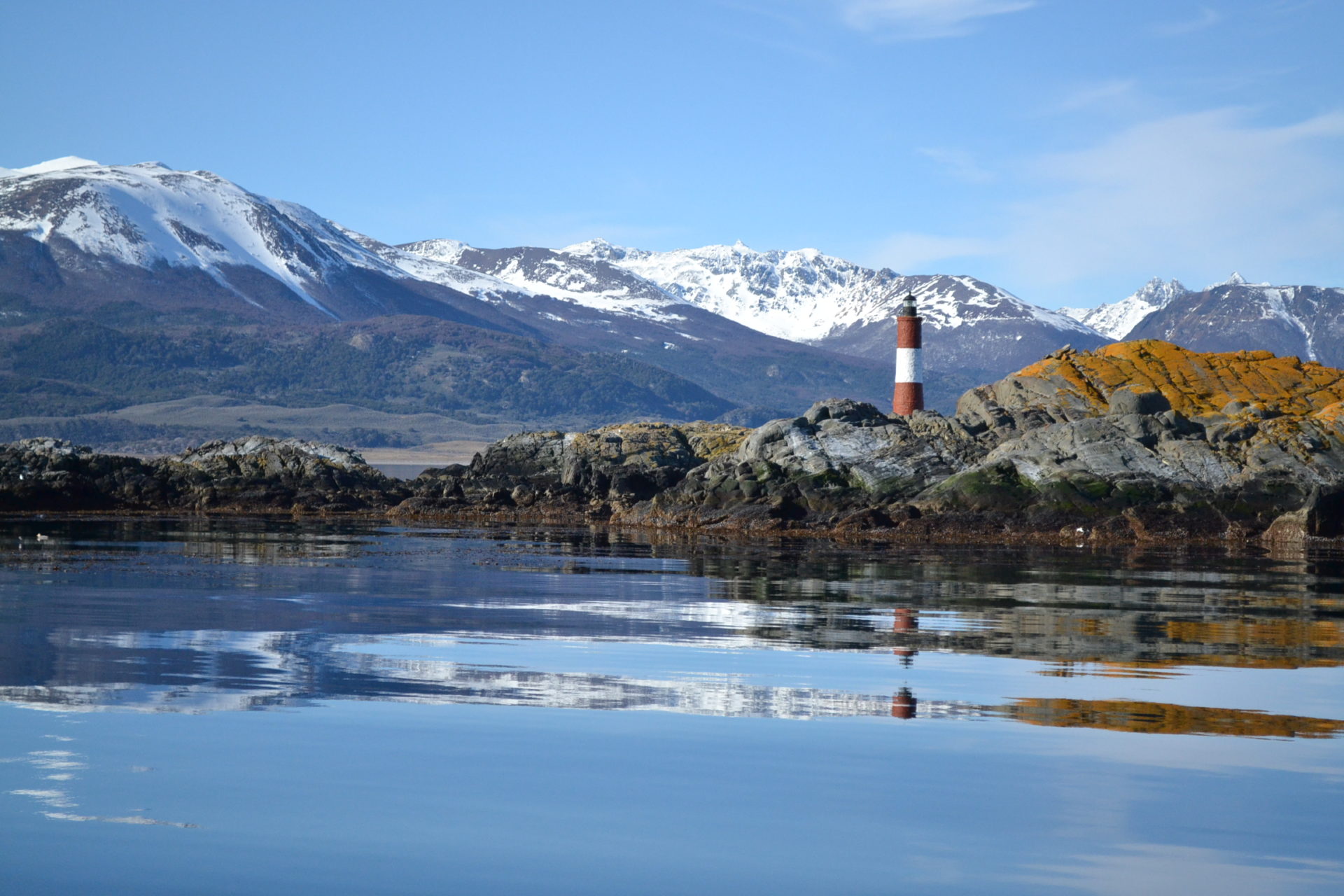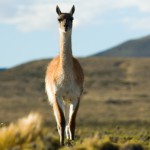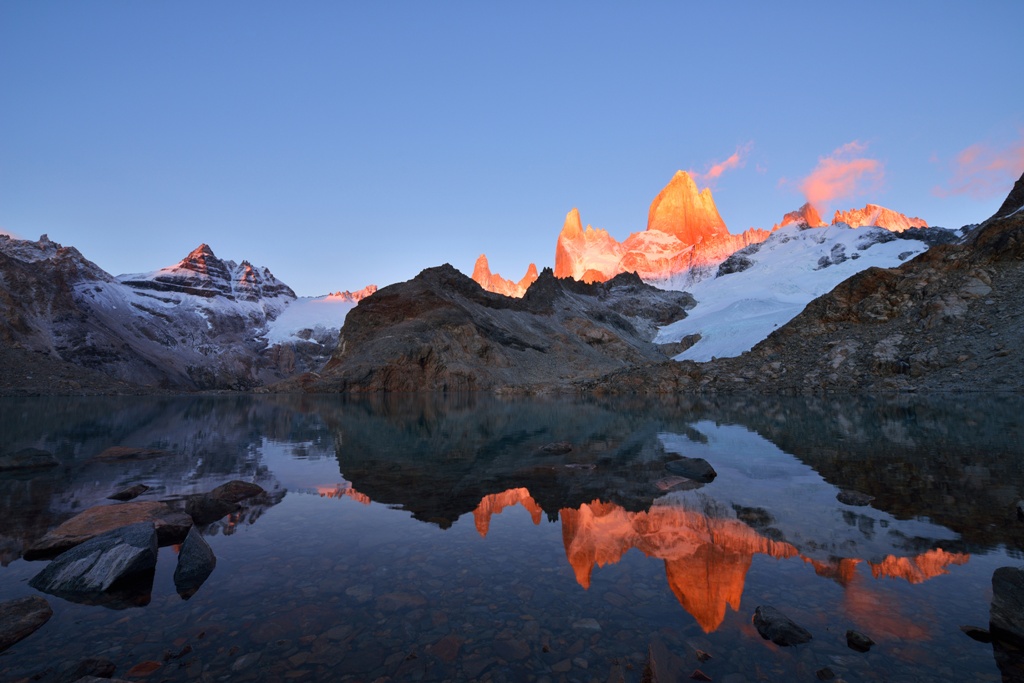
Best time to visit Argentina
Welcome to the vast territory of drama and joy, chaos and order, nature and culture.
With so many landscapes and attractions to visit, it is difficult to find the right time to go.
Although the preliminary response is to say that the best time to visit Argentina is from mid -September until the end of April, this is a bit vague and does not give much information. In addition, it could put aside the great experiences of winter (southern hemisphere). As a result, we have developed a classification from “the best” to “probably not the best” time to visit Argentina.
This is done according to our opinion, based on the combination of the most outstanding aspects and the general interests of travelers.
1). From the end of September to mid- December (before Christmas): perhaps, the best time to visit Argentina
This is probably the best time to visit Argentina. Spring brings not only Jacarandá trees in flower, but also a great wildlife activity and you can enjoy the northern and central areas of the city without such heat.
Patagonia opens most of its doors to receive visitors with some snowy peaks, beautiful landscapes and trails ready to be rediscovered. Whales, penguins, orcs and other animals, await in places like Península Valdés. Ushuaia, El Calafate, Bariloche and El Chaltén, begin to provide a complete offer of tourist services with accessible and not so massive prices.
The vineyards reverges in Mendoza, while the Andes mountain range rises to the background reflecting the reminiscences of the latest winter snowfall. The Northwest offers a pleasant climate, ideal for road trips and walking the streets of picturesque villages such as Purmamarca or Cachi. The colors of the Humahuaca creek can be combined with the remoteness of the Puna (Altiplano).
Buenos Aires has some special events such as Tradition Day (San Antonio de Areco, with local cultural festivities) and it is a good time to walk and miss the streets of Palermo or Recoleta. The weather is very pleasant and the trees have a fantastic appearance, and the jacarandás flourish in November. Social life is very active.
It is also a good time to visit Iguazú and the Esteros del Iberá. Summarizing: spring is a good time to make a “general vision of Argentina” trip. In addition, it is also a good time to combine your trip with Chile and other border countries!
2). Autumn, particularly March and April
These months of transition between summer and winter have similarities with spring. April is usually more economically accessible than March. During those months the trees begin to become yellow and red, particularly in Patagonia, offering incredible views.
Most excursions in Patagonia are still available and, usually, are less crowded than in summer. Time is still pleasant and has not yet snowed.
El Norte (Salta and Jujuy) begins to return to normal after the rainy season in summer, which allows to reach a large number of attractions. Mendoza has the harvest in March.
In turn, in Iguazú and Iberá it is not so hot as in summer, which is very convenient.
Buenos Aires also has some cultural events and the autumnal environment invites you to discover its coffees and walk- as in spring- through its streets. Some of the trees begin to get very colorful. Museums, restaurants and social life are very active.
Many times, May also could be included, but it depends on how the weather is during that year and also where you plan to go exactly.
Combining with Chile is also convenient, but the more you approach winter, the less alternatives you will have in southern Patagonia.
3). Late December, January and February
3). Fines de diciembre, enero y febrero
Summer. It’s great to visit Patagonia, since the days are longer and there is an incredible variety of activities to do and places to visit, both in Argentina and in Chile. Keep in mind that it can be very expensive and difficult to find availability. However, if you plan it in advance, it can be a great experience.
The northwest (Salta and Jujuy) is hot (according to the area it is dry or wet) and with a lot of rain at some specific points (not in the highlands, which is very dry). The advantage is that you can see cultural events such as Carnival in Jujuy.
Mendoza is pleasant, with grapes for all vineyards (February) and excellent for hiking and outdoor activities.
Iguazú and Iberá estuaries are very warm and humid, however, the coast (Corrientes and other provinces) offer cultural events such as Carnival.
Buenos Aires is a bit empty of premises but with many tourists. The climate in the city can become very hot and humid (more than 30 degrees Celcius). Ideal to spend summer afternoons on the terraces and enjoy nightlife.
Depending on the dates (especially Christmas and New Year) prices can be expensive. Likewise, the availability of some hotels can also be complicated. However, it depends on when and where you go. Some events (such as football) are usually in pause.
It is a great time to combine Buenos Aires with Chile. These three months can be a great option, but you must prepare the trip in advance and know in advance what destinations you want to visit, since in some places the climate accompanies and in others the heat can be uncomfortable.
4). Autumn and winter finals
In Patagonia, May and early June could be very good months if the weather accompanies. However, the climate in the center and the north is more pleasant.
With the exception of the winter school holiday time in July and some national holidays, prices are usually very comfortable and you have countless activities to enjoy in the snow.
Bariloche houses some of the most spectacular ski areas in South America and is exceptional, not only for skiing, but also for other winter activities. Also, Ushuaia seduces with the combination of snow and sea.
El Norte (Salta and Jujuy) has considerable thermal amplitude during the winter (particularly the areas of great altitude), but remains a good time to visit, particularly May, June and August.
Mendoza could have some areas blocked by snow (high mountains), however, it does not happen all the time and there are many other areas that you can visit.
Buenos Aires has cultural events and social life, although walking through the streets is not as pleasant as in spring or beginnings of autumn. Temperatures fall to 10-15 degrees Celcius, but moisture can make it look colder. There are rainy days and with a beautiful sun, which makes it not common to have long periods with cloudy time or dark sky.
5). The right time for you
In Beyond Ba Latam we offer custom trips, adapted to your needs and preferences. We would love to know your interests to help you discover when it is the best time for you to visit Argentina.
0






